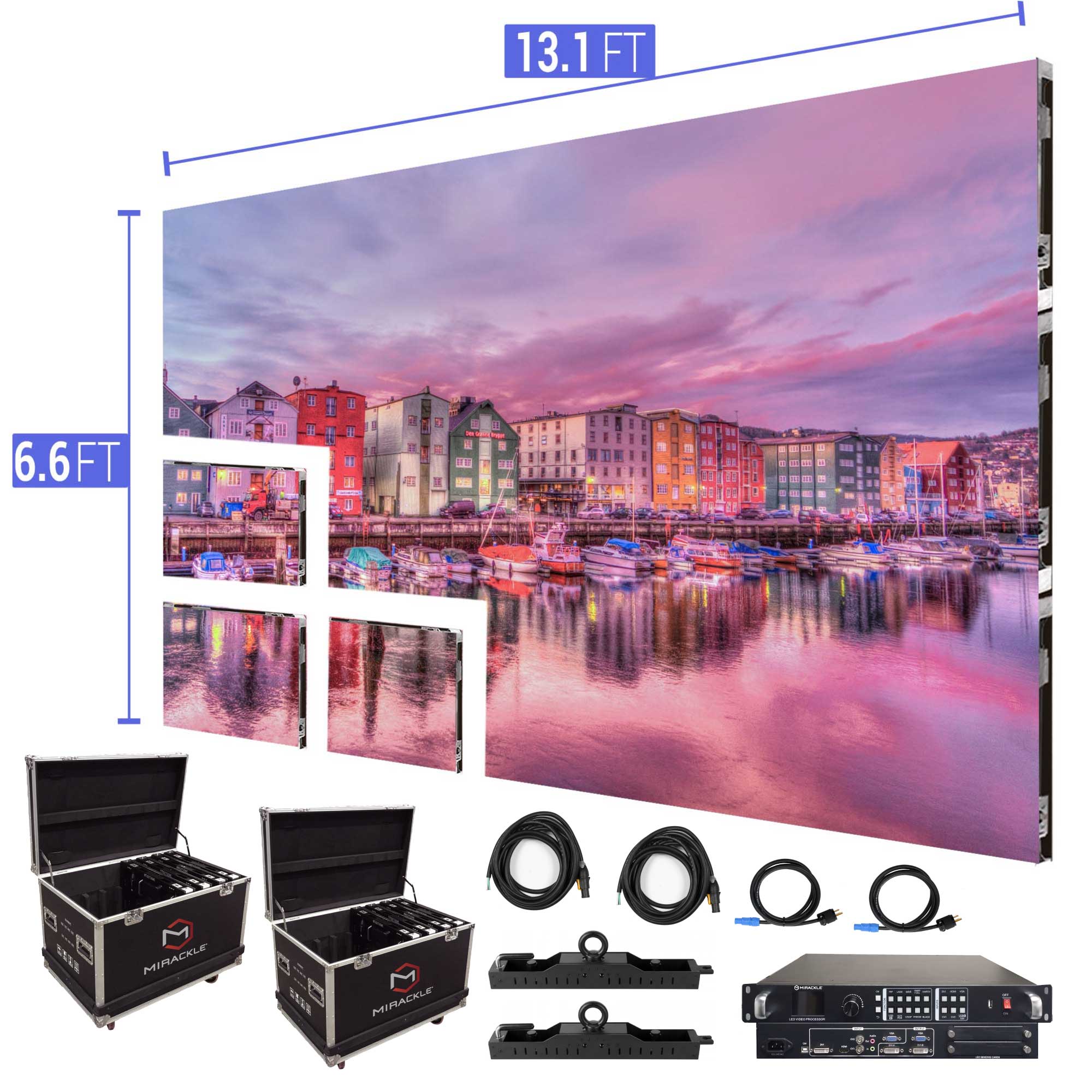Investigating the Crucial Factors That Affect Color Consistency in LED Wall Panels for Ideal Visual Output
Investigating the Crucial Factors That Affect Color Consistency in LED Wall Panels for Ideal Visual Output
Blog Article
Hue uniformity in light-emitting diode wall screens is crucial for attaining maximum optical performance. LED wall panels are commonly used in various settings, including concerts, meetings, and promotional showcases. When the colors on these panels are uniform, they create a more engaging and enveloping encounter for viewers. Several key factors affect hue consistency, including the caliber of the light-emitting diode elements, calibration processes, and environmental conditions.
The quality of the light-emitting diode elements plays a significant role in color uniformity. Various types of light-emitting diodes emit light at varying wavelengths, which can affect the overall hue result. Premium light-emitting diodes are designed to generate a more uniform light spectrum, leading in improved color accuracy. Additionally, the manufacturing process of these light-emitting diodes can impact their functionality. Panels made with high-grade materials and technology tend to have less hue differences, ensuring that the shown pictures and videos look vibrant and true to life.
Tuning is another essential element in preserving color uniformity in LED wall panels. Tuning entails adjusting the settings of the screen to ensure that the colors shown align the intended appearance. This procedure can include fine-tuning luminosity, differentiation, and color balance. Frequent calibration is necessary, especially in settings where illumination conditions change often. By tuning the panels, technicians can fix any discrepancies in color output, leading to a more consistent viewing encounter.
Environmental conditions also influence hue consistency in LED wall panels. Elements such as surrounding light, temperature, and humidity can influence how hues are seen. For instance, bright surrounding light can dull colors, making them appear more lively. Similarly, extreme temperatures can affect the functionality of the light-emitting diodes, leading to hue changes. To mitigate useful content these issues, it is essential to install light-emitting diode wall screens in controlled environments where lighting and heat can be controlled efficiently.
Finally, the design and layout of the LED wall screens can impact color uniformity. The arrangement of the panels, as well as the distance from which they are viewed, can create differences in hue recognition. When panels are placed too far apart or at different positions, audiences may detect discrepancies in hue. To achieve the optimal optical output, it is crucial to consider the placement and alignment of the panels during setup. By tackling these elements, operators can guarantee that their LED wall panels deliver a uniform and high-quality optical experience.